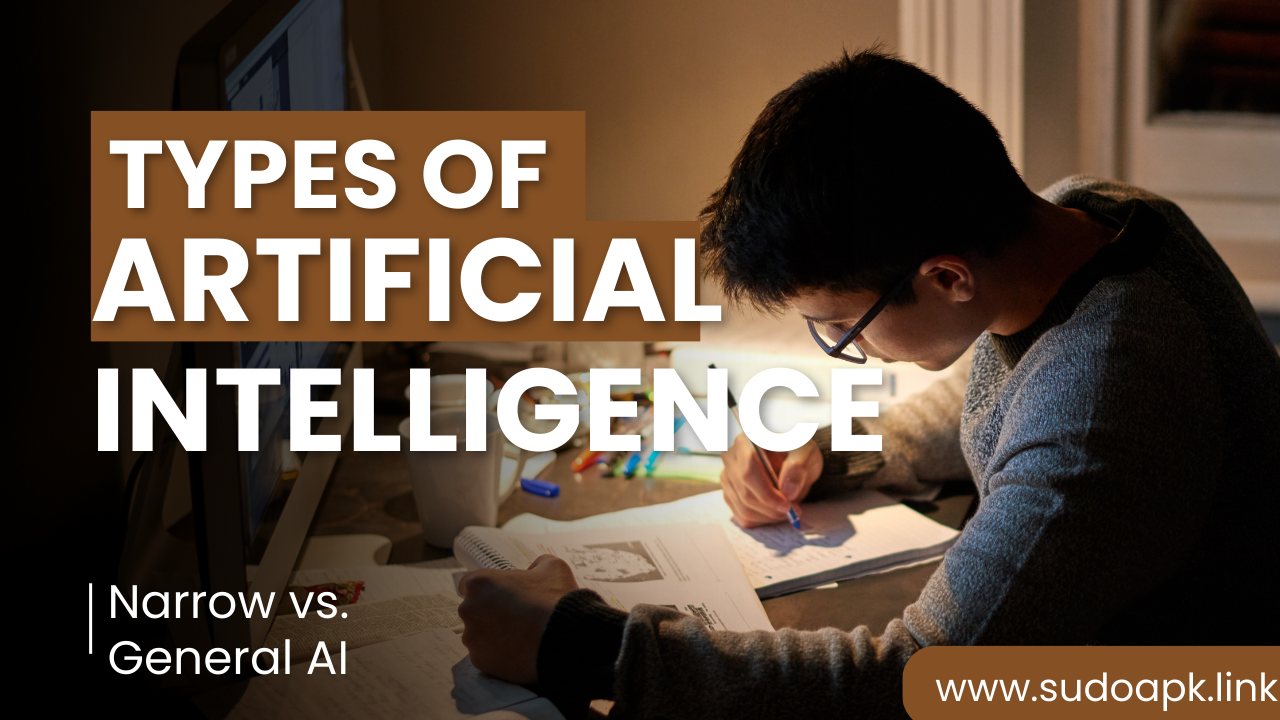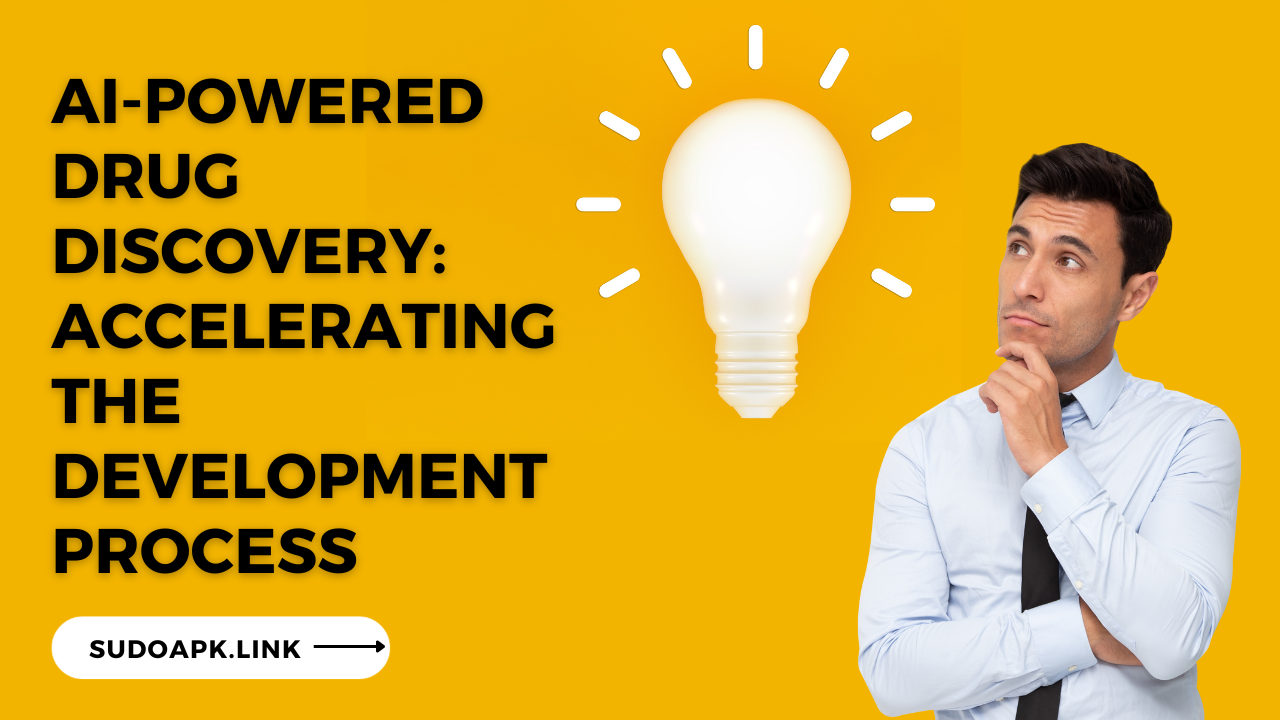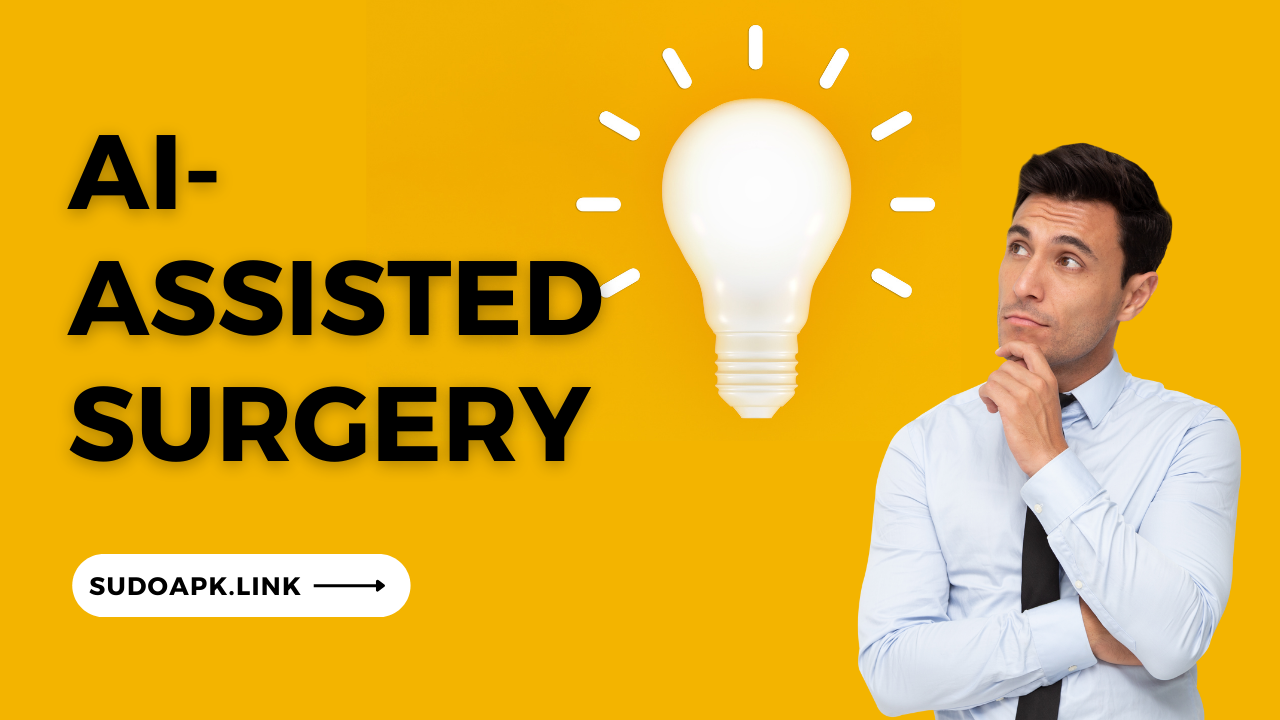Types of Artificial Intelligence: Narrow vs. General AI
Artificial Intelligence (AI) aims to develop systems that exhibit traits of human cognition like learning, problem-solving, pattern recognition, planning, reasoning, and knowledge representation. AI has achieved remarkable progress in recent years, mainly through narrow AI - which focuses on specific tasks. Meanwhile, the more ambitious general AI attempting to replicate multifaceted human intelligence remains aspirational.
Understanding the distinction between narrow vs general AI provides crucial context on the current state of AI and its future trajectory.
What is Narrow AI?
Narrow AI, also called weak AI, is AI designed to execute dedicated functions without general learning capabilities. So while narrow AI systems display effectiveness – and sometimes superior performance - at specific tasks, they lack adaptive problem-solving skills outside their core competency.
John McCarthy, who coined the term “artificial intelligence” in 1956, referred to narrow AI as “limited machine intelligence” exhibiting competence isolated in niche capabilities without capacity for transfer learning.
Current Capabilities
Today, all existing AI frameworks and applications consist of narrow AI designed for specialized use cases rather than all-purpose general machine learning. Application areas benefiting from high-functioning narrow AI include:
Industry 4.0
- Predictive maintenance analyzing IoT sensor data
- Supply chain optimization via simulations
- Precision robotics like collaborative cobots
- Autonomous vehicles coordinating safely without constant human oversight
Cybersecurity
- Threat intelligence identifying evolving attack vectors
- User behavior analytics detecting compromised accounts
- Intrusion detection via network traffic analysis
- Encryption technologies like secure multiparty computation
Healthcare
- Clinical decision support systems diagnosing conditions
- Medical scan analysis detecting abnormalities
- Medication adherence monitoring via wearables
- Health chatbots answering common questions
Finance
- Algorithmic trading executing quantitative strategies
- Fraud pattern detection monitoring transactions
- Credit risk modeling guiding approvals
- Process automation improving efficiency
Media
- Machine translation localizing content
- Recommendation algorithms serving relevant discovery
- Ad targeting based on consumer psychographics
- Text analytics gauging sentiment and trends
Retail
- Inventory optimization factoring in demand signals
- Pricing optimization maximizing revenue
- Cashier-less stores processing purchases efficiently
- Chatbots handling pre-sales customer inquiries
And many more – like education, agriculture, human resources, manufacturing, and entertainment.
So while narrow AI specializes in specific functions, it generates tremendous value tackling individual problems extraordinarily well.
Architectural Overview
Most narrow AI consists of algorithmic software codifying step-by-step rules to mimic human domain expertise – without general learning capacity. Architectures include:
Expert systems apply probabilistic rules encoding knowledge from top specialists to reach deductive conclusions, like providing medical diagnosis treatment recommendations based on symptom inputs.
Fuzzy logic systems handle imprecise sensory control operations using continuous variable states like temperature regulation.
Artificial neural networks modeled after biological neurons identify patterns among vast datasets, empowering machine perception applications.
Natural language processing models analyze linguistic datasets to handle text conversations.
Computer vision frameworks recognize objects in digital images and videos to automate observation.
Reinforcement learning agents interact with environments through trial and error to determine optimal policies maximizing quantifiable rewards.
Now, integrating narrow AI capabilities creates more expansive stacks – like autonomous vehicles using computer vision, neural networks, rule-based systems, simulation engines, and other modules in unison towards full self-driving functionality. Open ecosystems like NVIDIA's Drive allow engineers to build on top of modular DNNs and continuously improve.
But most narrow AI still focuses on singular areas of specialty.
What is General AI?
General AI, also referred to as strong AI or full AI, hypothesizes machines with cognitive abilities matching or exceeding human beings – combining learning, reasoning, problem solving, perception, social intelligence, and creativity into an adaptive general intelligence spanning all domains.
So while even advanced narrow AI lacks common sense, general AI aims for multipurpose abilities to perform any intellectual feat a human can accomplish. Scientists debate whether general AI could one day pursue more broadly generalizable objectives, like curiosity-driven scientific exploration for knowledge acquisition instead of solely optimizing fixed metrics.
Theoretical Framework
Theoretical models for achieving general AI diverge on optimal frameworks balancing between symbolic paradigms using declared knowledge and sub-symbolic paradigms weighting learned perceptual experience. Integrated cognitive architectures likely require synergizing symbolic and sub-symbolic approaches.
Symbolic AI
Symbolic AI uses articulated representations of facts, concepts, rules to categorize knowledge for reasoning and decision making. It powers classical straight line programmable systems. Challenges handling noise and uncertainty pushed popularity towards statistical machine learning. But many believe hybrid systems coordinating symbols+sub-symbols show promise for general intelligence. Leading symbolic models include IBM Watson, Cyc, Soar, ACT-R and Sigma.
Sub-symbolic AI
Sub-symbolic AI relies predominantly on data-driven machine learning without explicitly programmed representations and rules. Neural networks which recognize patterns and relationships among datasets through perception fall into this category. Sub-symbolic AI achieves flexible nonlinear functionality via exposure rather than hard coding. Its statistical nature handles uncertainty well but struggles with logic and reasoning. Deep learning qualifies as sub-symbolic AI.
Hybrid architectures
Integrated approaches combine symbolic and sub-symbolic techniques to balance rigid foundations of structured knowledge with flexible nonlinear learning. Whole brain emulation projects like the Human Brain Project align closer to hybrid aspirations using neural networks and embodied cognition to mimic collective brain functionality.
Speculative Timelines
Most AI experts believe general human-level intelligence remains at least decades to a century away barring radical paradigm shifts. But some futurists speculate potential accelerating returns could eventuate faster-than-predicted progress. Survey aggregation sites like Metaculus offer crowdsourced predictions on general AI arrival ranging mostly between 2040 and 2100.
Public figures like Ray Kurzweil envision the possibility of human-level AI by the 2030s as computing power continues doubling down exponential curves – a hypothetical transition referred to as the technological singularity with uncertain societal impacts requiring careful consideration. Science fiction has endlessly hypothesized the spectrum of civilizational consequences following the dawn of general machine superintelligence.
Regardless of speculative timelines, research towards safe and beneficial AI remains an urgent priority today to proactively maximize positives and mitigate risks ahead of realizing advanced future systems. Since general AI does not currently exist, governance efforts focus predominantly on narrow AI safety at present.
Differences Between Narrow vs. General AI
Below is a chart summarizing key differences between narrow artificial intelligence and aspirational general AI:
| Characterisitcs | Narrow AI | General AI |
| Core functionality | Specializes in singular tasks | Handles multifaceted cognition |
| Adaptability | Minimal ability handling new contexts | Seamless transfer learning |
| Architecture | Rule/statistical-based focused models | Possible hybrid systems |
| Autonomy | Heavily constrained | Independent objectives |
| Current examples | Self-driving cars, medical diagnosis, chatbots | None exist yet |
| Maturity level | Working industry applications | Theoretical |
So in summary, today’s AI demonstrates exceptional competence confined to individual tasks without expansive learning capabilities, while general AI naming a vision for fully unconstrained human-level cognitive aptitude remains prospective.
The Roadmap Towards Artificial General Intelligence
Most AI leaders believe incremental research advancing narrow applications will collectively build towards AGI in the coming decades. Google CEO Sundar Pichai considers artificial general intelligence an engineering challenge requiring continued breakthroughs across speed, scale, and transfer learning. DeepMind co-founder Demis Hassabis outlines direct precursors like memory, imagination, embodiment, intuition, and reasoning requiring optimization en route to AGI.
Ongoing enhancements across key areas driving progress include:
Architectures – devising unified models combining symbolic paradigms using structured knowledge with sub-symbolic machine learning baked on environmental experience. Hybrid neuro-symbolic approaches show promise balancing fluid intelligence with crystallized foundations.
Compute infrastructure – developing specialized hardware like TPUs for ML training and inference optimized for scale, speed, efficiency and availability through cloud delivery.
Multimodal perception – achieving human parity processing vision, speech, language and physical senses fully integrated for contextual understanding.
Common sense reasoning – advancing logical induction and causal analysis for sound explanation and reflection.
Cross-domain modeling – improving transfer learning to expand narrow specializations into broadly intelligent skill sets.
Reinforcement learning – progressing beyond pattern recognition into sophisticated planning and decision making for fluid problem solving.
Ongoing innovations across AI subfields aggregate towards more expansive general intelligence over time through comprehensive platforms like Anthropic’s Constitutional AI – designed to remain helpful, harmless, and honest through alignment techniques spanning bot capabilities.
While narrow AI already drives tremendous progress across industries today, the aspirational vision of artificial general intelligence portends an epochal transition heralding both auspicious potential and risks requiring proactive consideration to ensure responsible development. Further breakthroughs merging symbolic and sub-symbolic methods could eventuate unimaginable machine cognition with precautions guiding safety and ethics at the forefront.
Frequently Asked Questions on Narrow vs. General AI
What are some examples of narrow AI today?
Prominent narrow AI examples include Alexa understanding speech commands, Tesla autopilot navigating roads, IBM Watson diagnosing patients, Netflix/Spotify recommending content, and stock trading algorithms processing market data among many other dedicated applications.
What is artificial superintelligence?
Beyond human-level artificial general intelligence, artificial superintelligence (ASI) refers to prospective systems radically surpassing all human aptitudes. ASI remains firmly theoretical currently while narrow AI drives existing applications.
Is narrow AI a threat to humanity?
Narrow AI largely promises tremendous benefits across industries if responsibly managed. Limited autonomous behaviors minimize unpredictable existential risks with research guiding safe development.
Can narrow AI become self-aware?
No - narrow AI focuses discrete tasks without emergent consciousness. General AI explores aligning fully self-aware systems. But most theorists maintain human-level AI as a distant prospect.
What is the most advanced AI today?
Different systems hold claim to state-of-the-art for specific capabilities – like DeepMind in game playing, Anthropic with helpfulness, or systems like GPT-3 for text generation. But evaluating aggregate “intelligence” proves remarkably challenging. No AI demonstrates general human competencies currently.
Conclusion
In conclusion, today’s artificial intelligence demonstrates expanding capabilities yet confined to narrow domains without cross-application reasoning. Tremendous near-term progress continues empowering algorithms to match and even exceed human precision on specialized tasks. Long-term aspirations towards artificial general intelligence present monumental challenges interfacing symbolic and sub-symbolic methods towards adaptable common sense reasoning fully integrating contextual learning across academic disciplines. Responsible innovation demands proactive safety efforts parallel expanding functionality as machine cognition inevitability grows more autonomous. While AGI’s hypothetical future remains ambiguous - near-term narrow AI adoption promises immensely beneficial potential if directed prudently across sectors like healthcare, education, sustainability and beyond elevating quality of life while unlocking new economic possibilities.









Comments (0)
No comments found